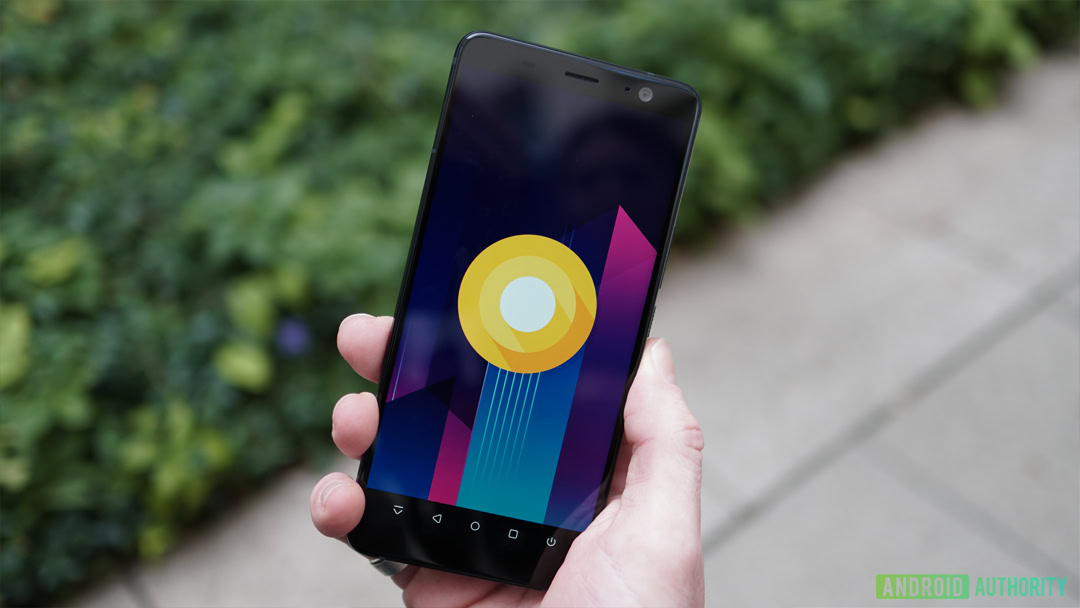Affiliate links on Android Authority may earn us a commission. Learn more.
Here's how Android 8.0 Oreo protects your smartphone
Published onDecember 21, 2017

Google introduced a ton of new security features with Android 8.0 Oreo designed to prevent unauthorized access to your device. Now, in a new blog post, Google is giving some more insight into what all of these security features actually do to protect users, and how they’re implemented.
The first of which is an existing feature that’s received a tune-up. In an Apple-esque move, Verified boot now has the ability to prevent downgrades to older operating system versions to protect against vulnerabilities that older Android versions are susceptible to. This sounds good on paper, but it sounds like another nail in the coffin for rooting and device modification, as you sometimes need an older OS to make changes to your device.

Secondly, Google introduced the new “OEM Hardware Abstraction Layer,” or HAL. It can tell the bootloader whether or not the device can be unlocked in hopes to thwart thieves from stealing devices and factory resetting them. This feature is already in use in Google’s new Pixel phones. Inside the Pixel 2 and Pixel 2 XL is a new security module that limits unlock attempts and doesn’t let attackers glean your passcode without having the encryption key.
In addition to all of this, Instant Apps run in a sandbox that prevents them from accessing or transmitting information, such as the apps you have on your device.
These new features and enhancements are essentially designed to prevent all sorts of unauthorized access to your device, to prevent thieves from wiping your phone, or to prevent hackers from accessing the information on your device. With all that being said, it’s good to hear that Google is focusing on security.